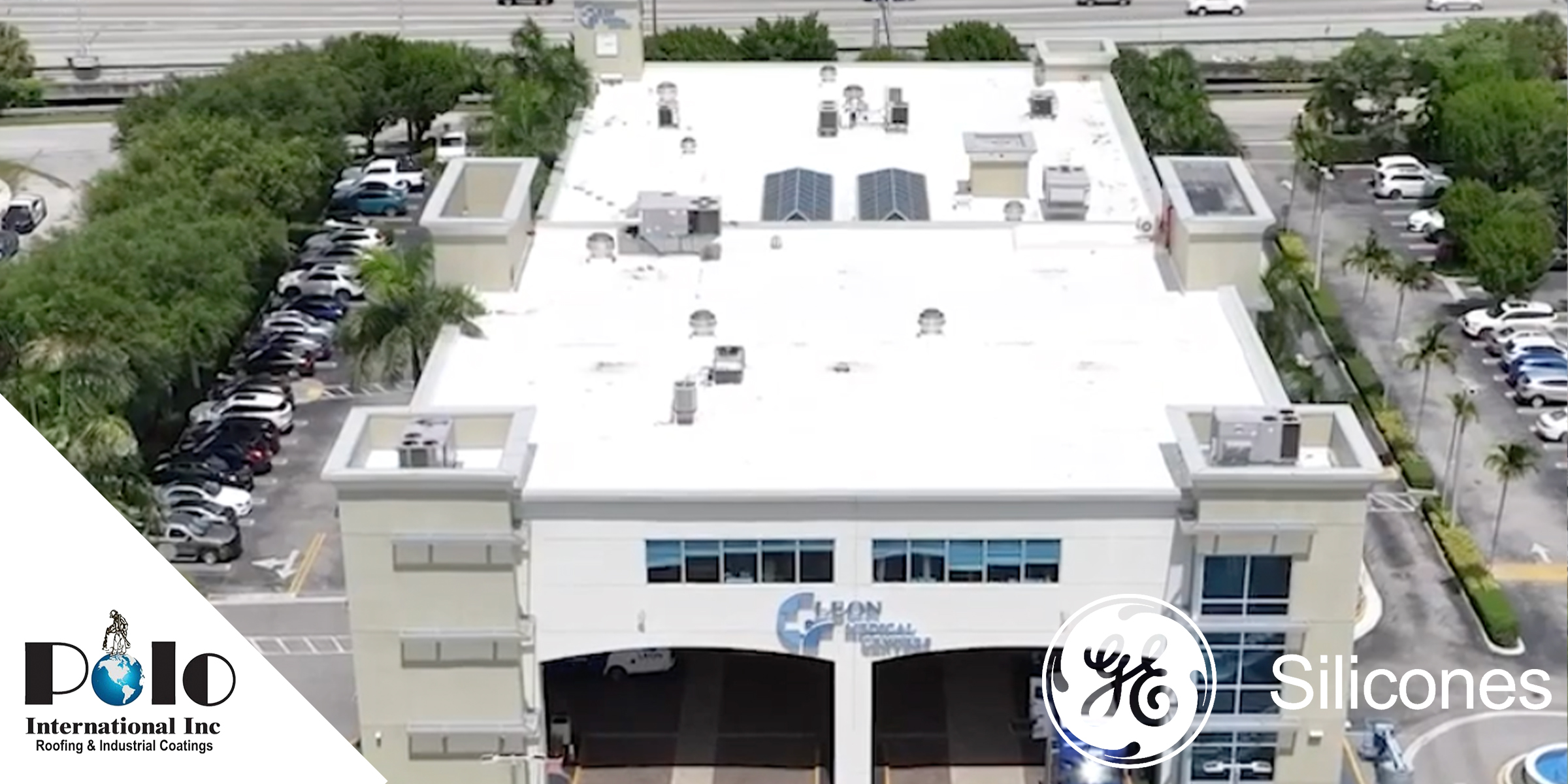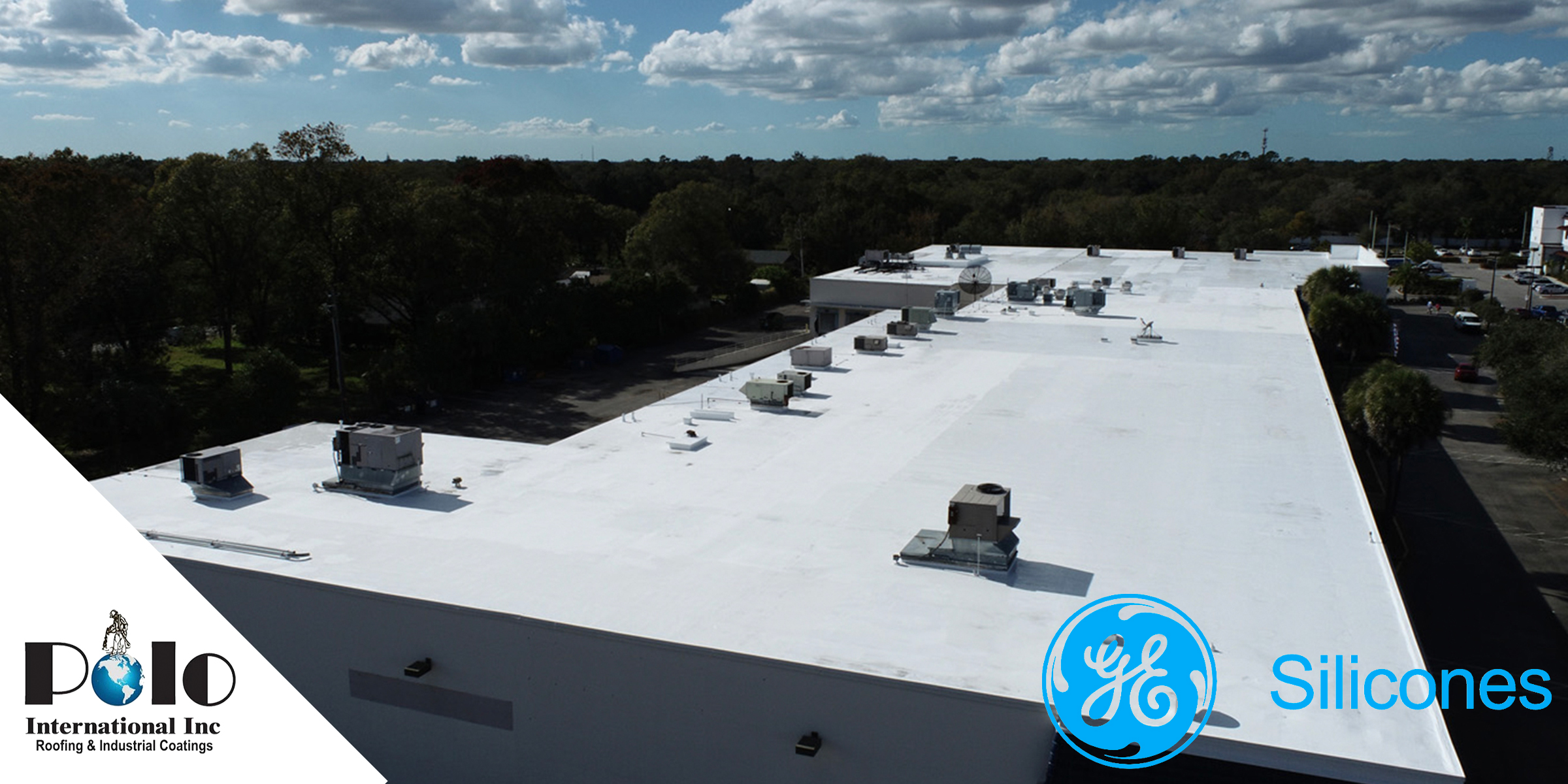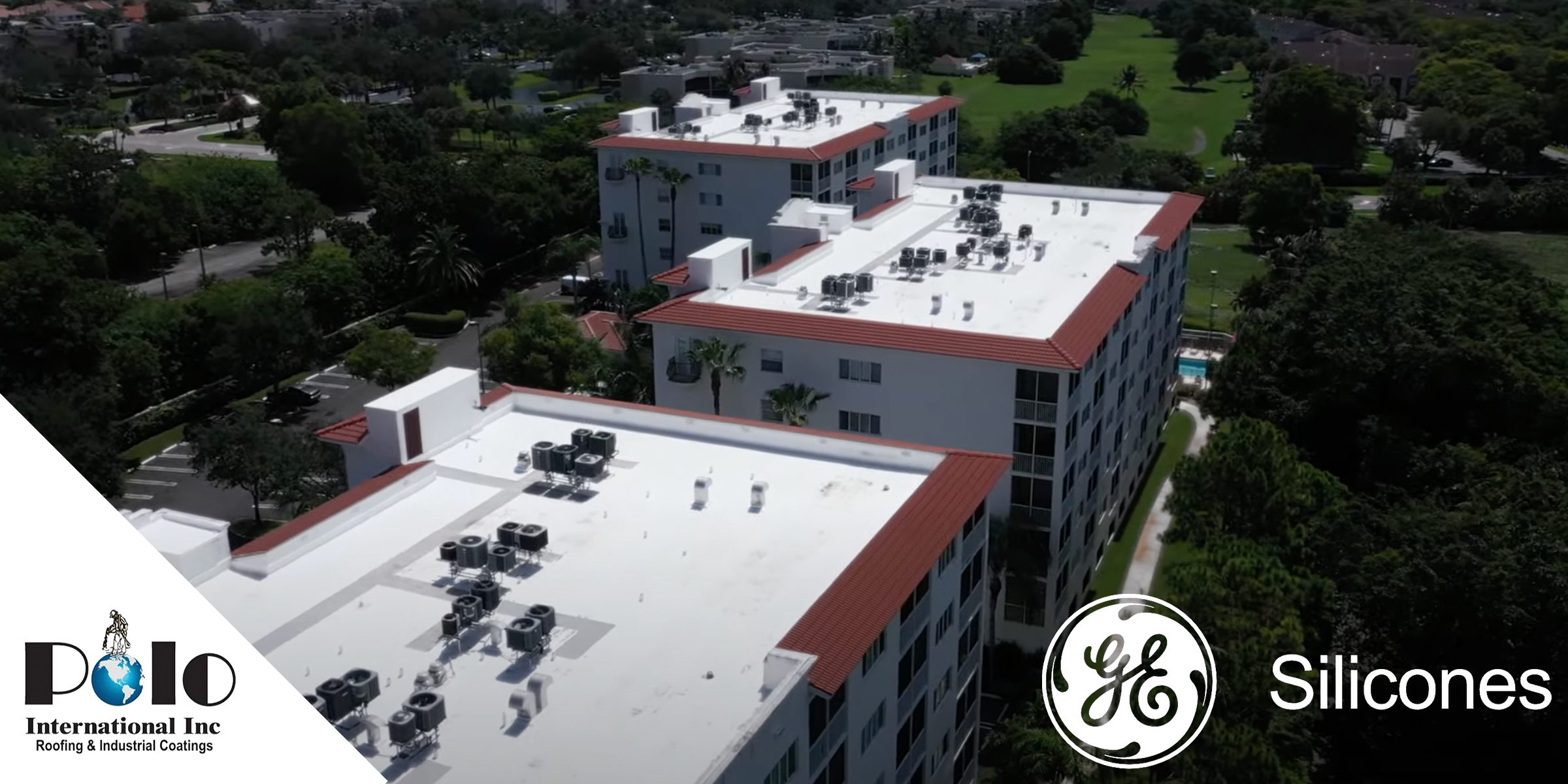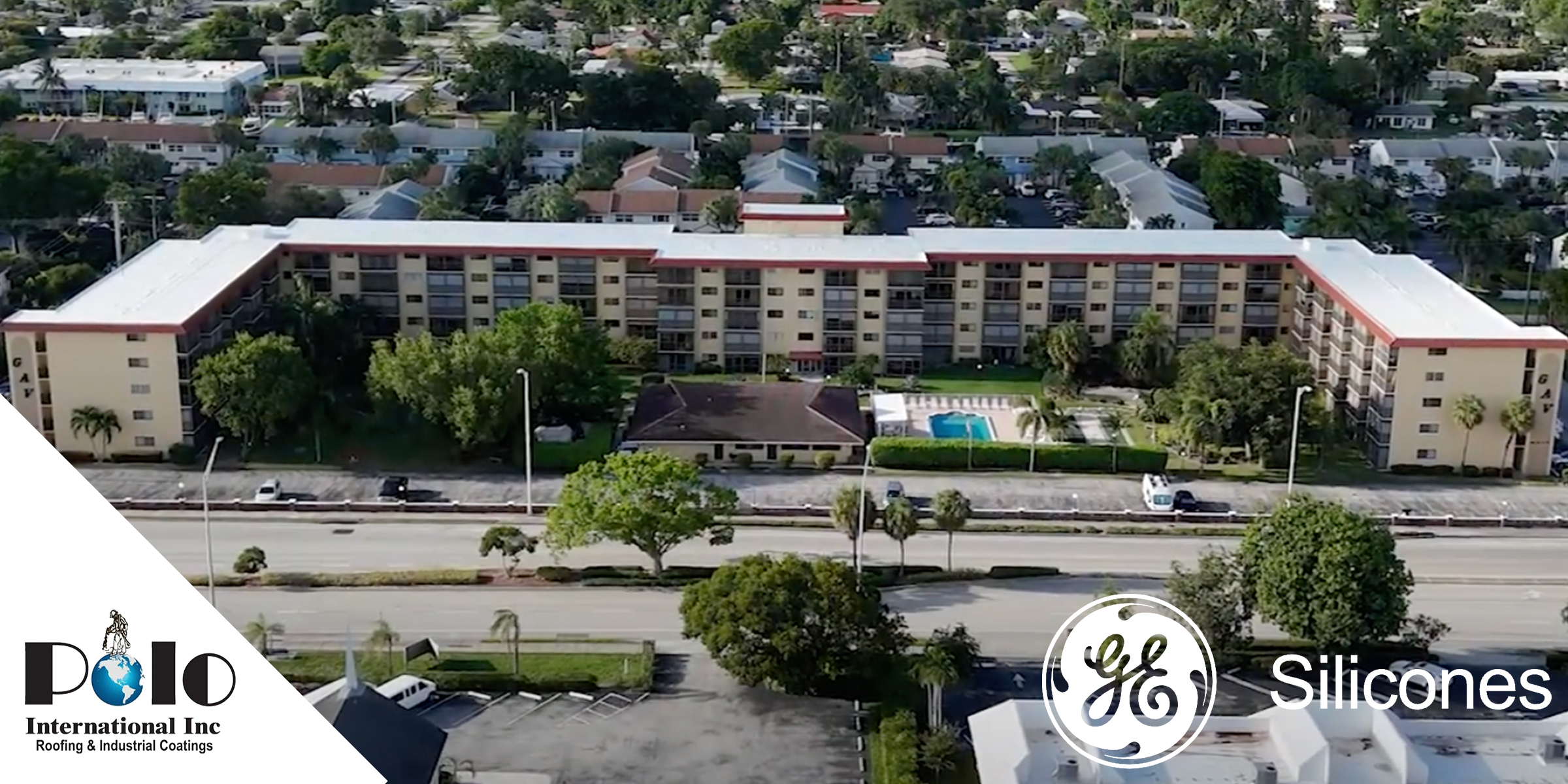
How SPF Roofing Reduces Long-Term Maintenance Costs
Are you seeking a roofing solution that protects your commercial building while minimizing maintenance costs? Spray Polyurethane Foam (SPF) roofing delivers exactly that, providing a cost-effective and durable alternative for property managers and building owners. Unlike traditional roofing systems, which often require frequent repairs and replacements, SPF roofing establishes a seamless, robust barrier that prevents leaks and reduces the need for costly maintenance.
SPF roofing adheres to various surfaces, forming a single continuous layer that eliminates common weak points like seams and joints. This design minimizes potential vulnerabilities, significantly reducing the need for ongoing repairs and extending the lifespan of your commercial roof. With every dollar saved on maintenance, businesses can reinvest in other priorities, making SPF roofing a strategic investment in building sustainability and efficiency.
Key Ways SPF Roofing Reduces Maintenance Costs
1. Seamless Barrier Against Environmental Damage
Traditional roofing systems often have seams and joints where water can penetrate, leading to leaks and structural damage. SPF roofing is applied as a liquid that expands into a solid, seamless layer. This monolithic design virtually eliminates the risks associated with water infiltration, reducing the need for costly repairs over time.
2. Durability and Resistance to Wear and Tear
SPF roofing is highly resistant to environmental stressors, including wind uplift, heavy rain, and UV radiation. With proper care, SPF roofs can last over 20 years, significantly reducing the frequency of repairs. Additionally, SPF’s ability to expand and contract with temperature changes prevents cracks and splits, which are common in traditional roofing systems. This resilience ensures lower maintenance demands and longer roof life.
3. Thermal Performance and Energy Efficiency
The insulating properties of SPF roofing minimize heat transfer, reducing energy consumption for heating and cooling. This thermal efficiency directly impacts utility costs and reduces strain on HVAC systems. The reflective topcoat on SPF roofing decreases solar heat absorption, keeping interiors cooler and cutting down on HVAC maintenance expenses.
4. Lightweight and Structural Benefits
SPF roofing’s lightweight nature reduces structural stress, unlike heavier traditional roofing materials that may require additional support. This lowers installation costs and minimizes future structural maintenance. The reduced weight also simplifies retrofitting existing roofs with SPF, further reducing costs.
5. Simplified Maintenance and Repairs
Routine maintenance for SPF roofing is straightforward and cost-effective. Regular inspections and simple cleaning are typically sufficient to keep SPF roofs in excellent condition. If damage does occur, repairs are often minimal, involving the application of additional foam and topcoat to restore the roofing system’s integrity.
6. Long-Term Reliability
SPF roofing systems offer exceptional longevity, with fewer repair needs and minimal disruptions over time. The durability of SPF ensures fewer unexpected costs and prevents business interruptions caused by roof failure. This reliability translates to tangible savings for commercial property owners.
Trusted manufacturers like GE Silicone, Carlisle, HENRY Co, and Everest Systems meet these demands with advanced spray foam products expertly applied by Polo International.
Summary of Benefits
SPF roofing significantly reduces long-term maintenance costs through its seamless application, durability, thermal performance, and lightweight construction. By mitigating common issues associated with traditional roofing systems, such as water infiltration, cracking, and frequent repairs, SPF roofing offers property managers a cost-effective solution that ensures lasting performance and financial savings.




